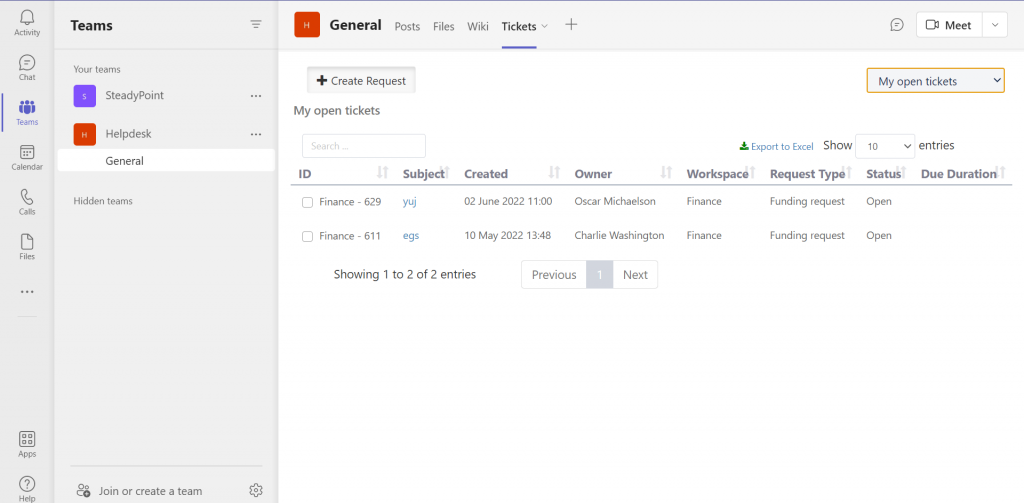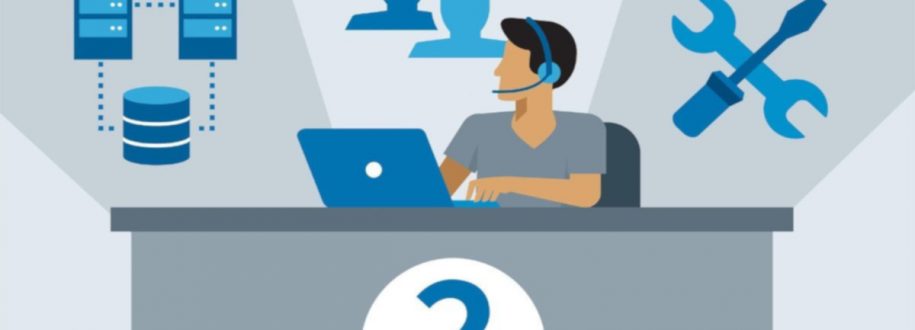
SteadyPoint Helpdesk is an ever-growing software, which means it might be difficult to keep up with all the latest updates, and you could quickly be overwhelmed by all the different features. Today we’re going to highlight 7 tips and tricks to make your helpdesk using life easier.
1. It’s more than an IT Helpdesk
You may have seen in the trial for Helpdesk that some of the pre-configured dummy data is aimed at an IT department. And while that constitutes one of the main demographics of SteadyPoint Helpdesk’s users, it’s not the only one.
Helpdesk can be used by any department wanting to create a more efficient method for communication and tracking problems that require solutions. All you have to do is create the appropriate teams and set-up templates to match these teams
2. Service Requests are more than what meets the eye
The malleability of what you can do with service requests is astounding. They can be used for HR requests, IT requests, sales requests … etc. But did you know that you can turn service requests up a notch by adding a team to handle service requests. With an assigned team, once the approval process goes through the service request is turned into a ticket which can then be processed like a regular ticket. When the ticket is closed, the service request is then closed.
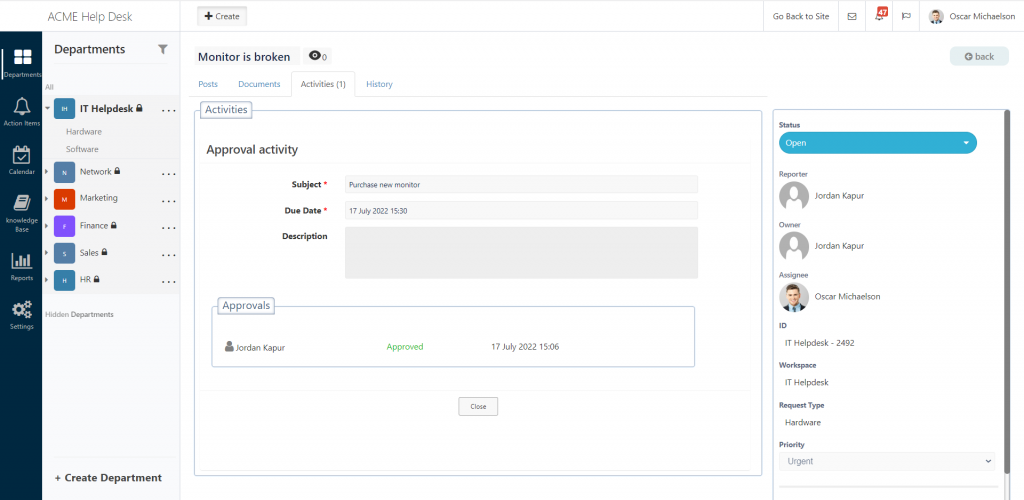
3. Use auto-close to make everything flow quicker
If your work process doesn’t require someone verifying every ticket prior to closure, you can shorten the length of auto-close so that once a ticket is fixed, it closes within an hour to minimize distractions.
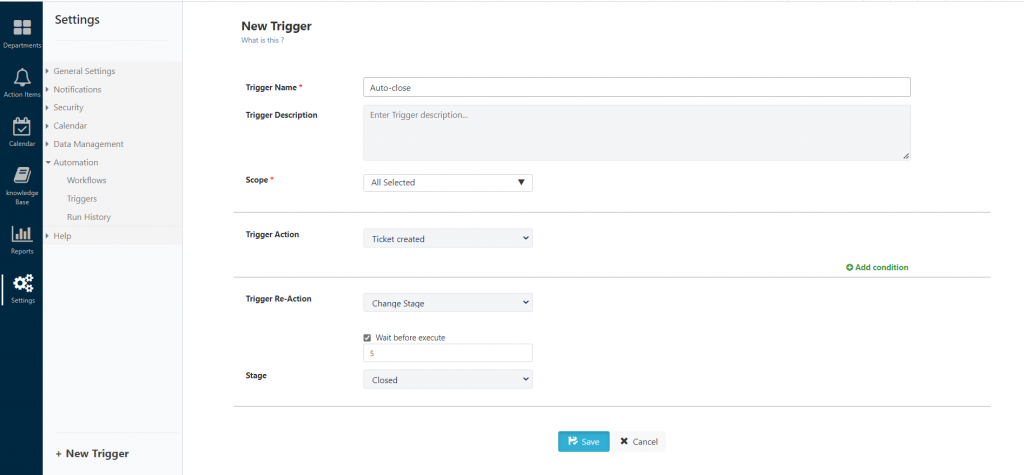
4. Sites is a powerful tool for increased differentiation
Sites and site managers were introduced in Helpdesk Update 1.0.0.4, for those among you with multiple teams in different locations. Sites became instantly popular with our users as they allow them to split their Helpdesk into several different units, each with its distinct resources and tickets, none of whom interact with each other or can see each other’s tickets.
Each site manager can view all the tickets for their site members, but not those of a different site.
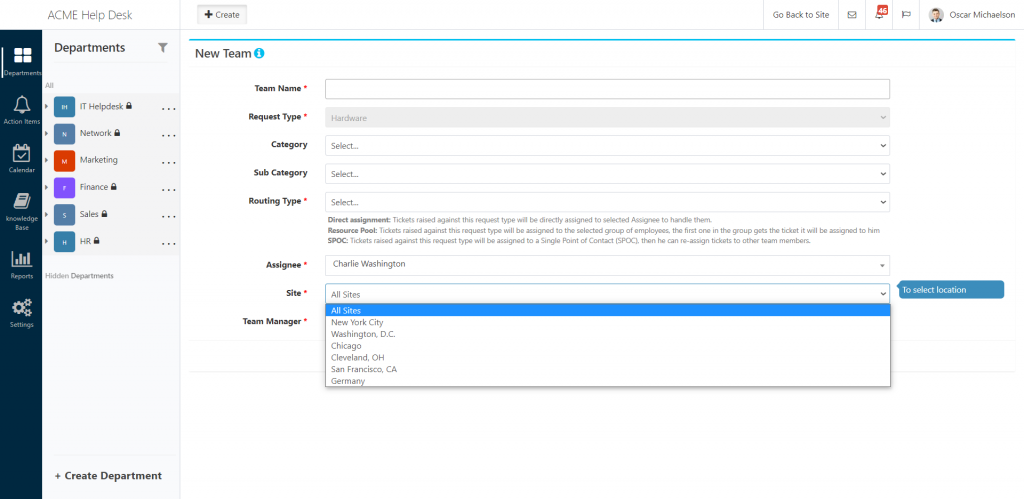
5. Separate calendars for the night owls
If you have team members operating on different schedules, you can create multiple working calendars each with its own working days and working hours. These calendars can be assigned for team members working different shifts than the ordinary, 8-5 shift.
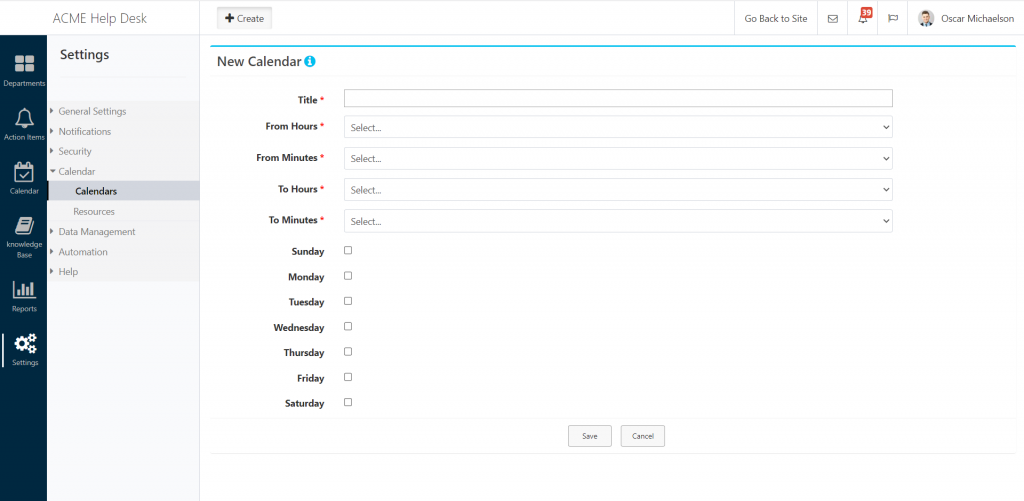
6. Power-up your usage with Templates
Take your Helpdesk experience to the next level with templates: it may look nifty and small, but with the ability to build any template it can provide an unlimited range of functionality. Take your default problem ticket box into the next level by adding additional fields of any of the following six types of information fields: text, number, choice, date and time, note (long text) and people/group (AD lookup).
7. Collaboration made easy with Microsoft Teams
You can create and handle tickets from the comfort of Microsoft Teams. Using Microsoft Teams as a help desk allows employees to get support without leaving the app they already use to collaborate, chat, and make video calls. This makes the entire ticketing process much more efficient, from the initial report through the issue’s resolution.
